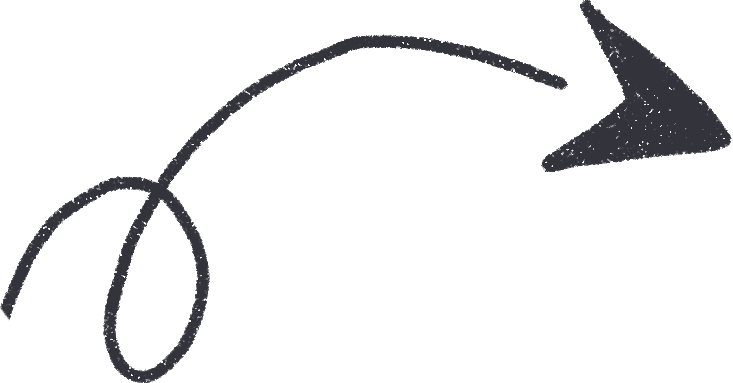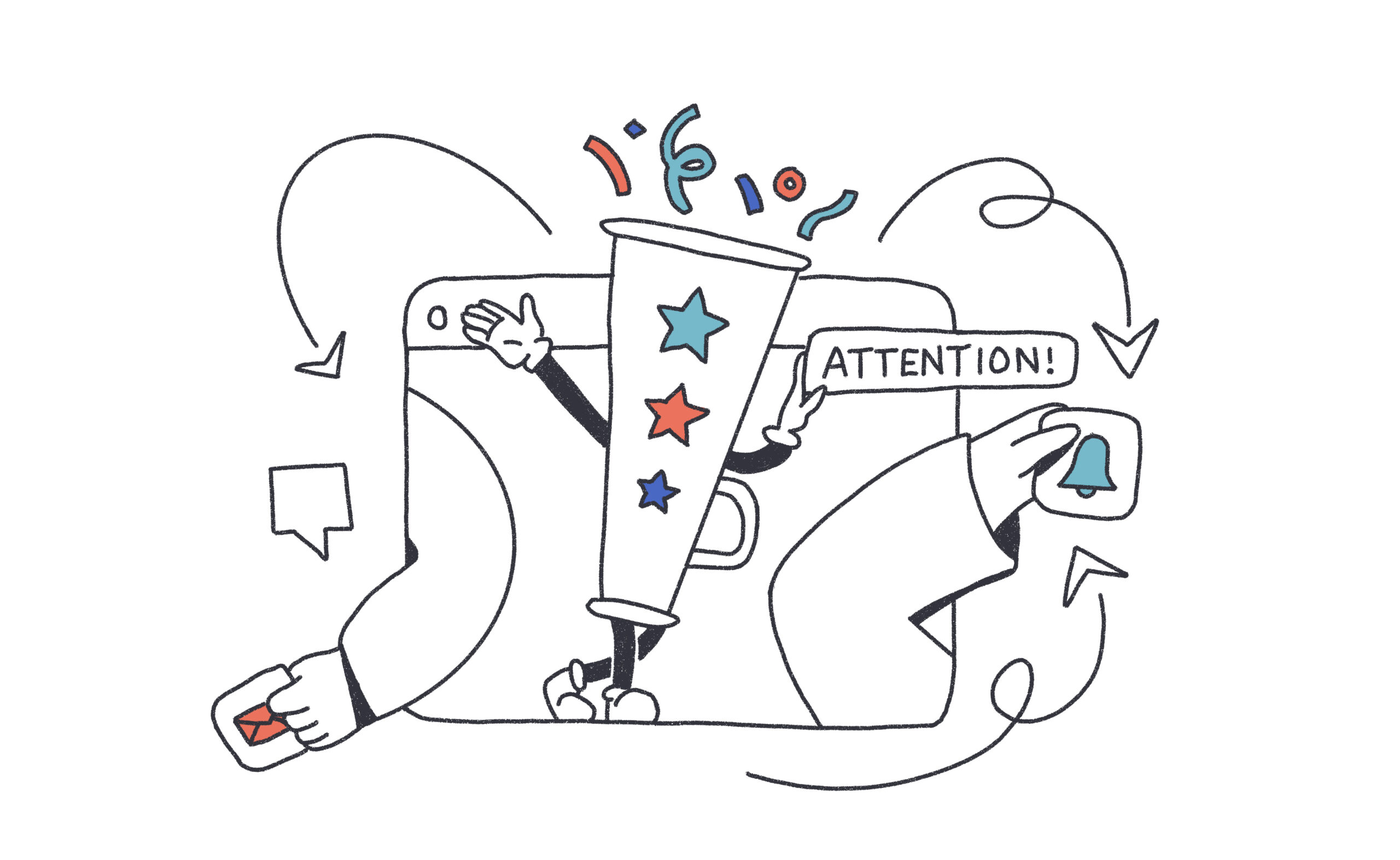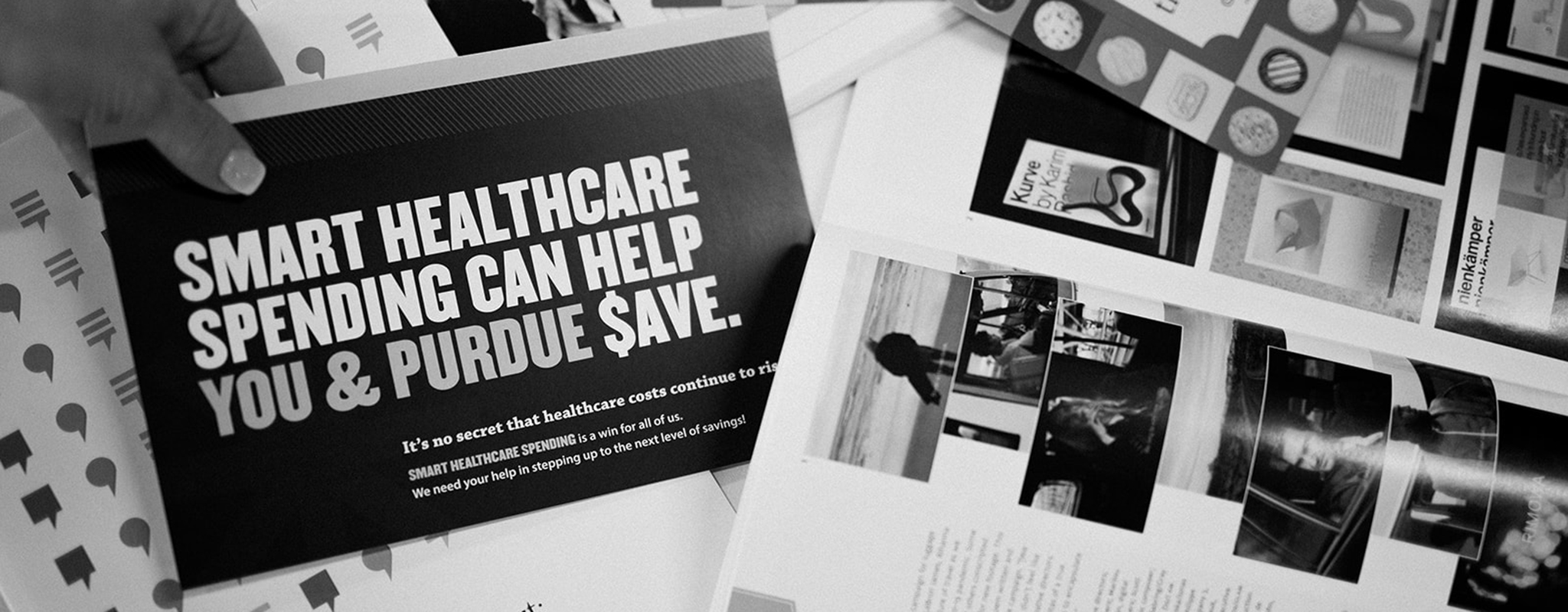Employees are missing out on opportunities to save money, improve health and find more convenience. Employers are seeing their investments in benefit programs go to waste.
In most cases, the issue isn’t what is being offered but rather the communication around that benefit. If you want employees to use a benefit, you must do more than mention it during employee orientation or annual open enrollment.


Segmentation: Address the “why this benefit is important” – which can vary across groups of employees.
Personalization: There are times when it’s useful to go even further by answering the “What’s in it for me?” question.
Year-round Communications: Keep benefits top of mind and remind employees regularly how the company is caring for them.
Employees today expect information geared toward their individual needs and concerns. That means, when marketing your benefit programs, you must address the “why it’s important.”
And that “why” may differ by employee, so segmenting employees into groups allows you to provide messaging that hones in on specific “why” motivations for each group.
There are times when it’s useful to go even further by answering the “What’s in it for me?” question. This is done with communication that is personalized to individual employees.
You can move the needle with the right message to your employees, at the right time.

Keep benefits top of mind by regularly reminding employees how the company is caring for them.
A mix of traditional and new communication vehicles should be used: videos, graphics, short articles, home mailers, web banners, posters, text messages, social media—the list goes on! This allows you to reach different work environments and various styles of learning.
As a key element of overall compensation and rewards, benefits directly impact employee satisfaction with a company.
To reinforce your benefits offering and the value they provide, it’s critical that your communications are proportionate to the investment you’re making.

